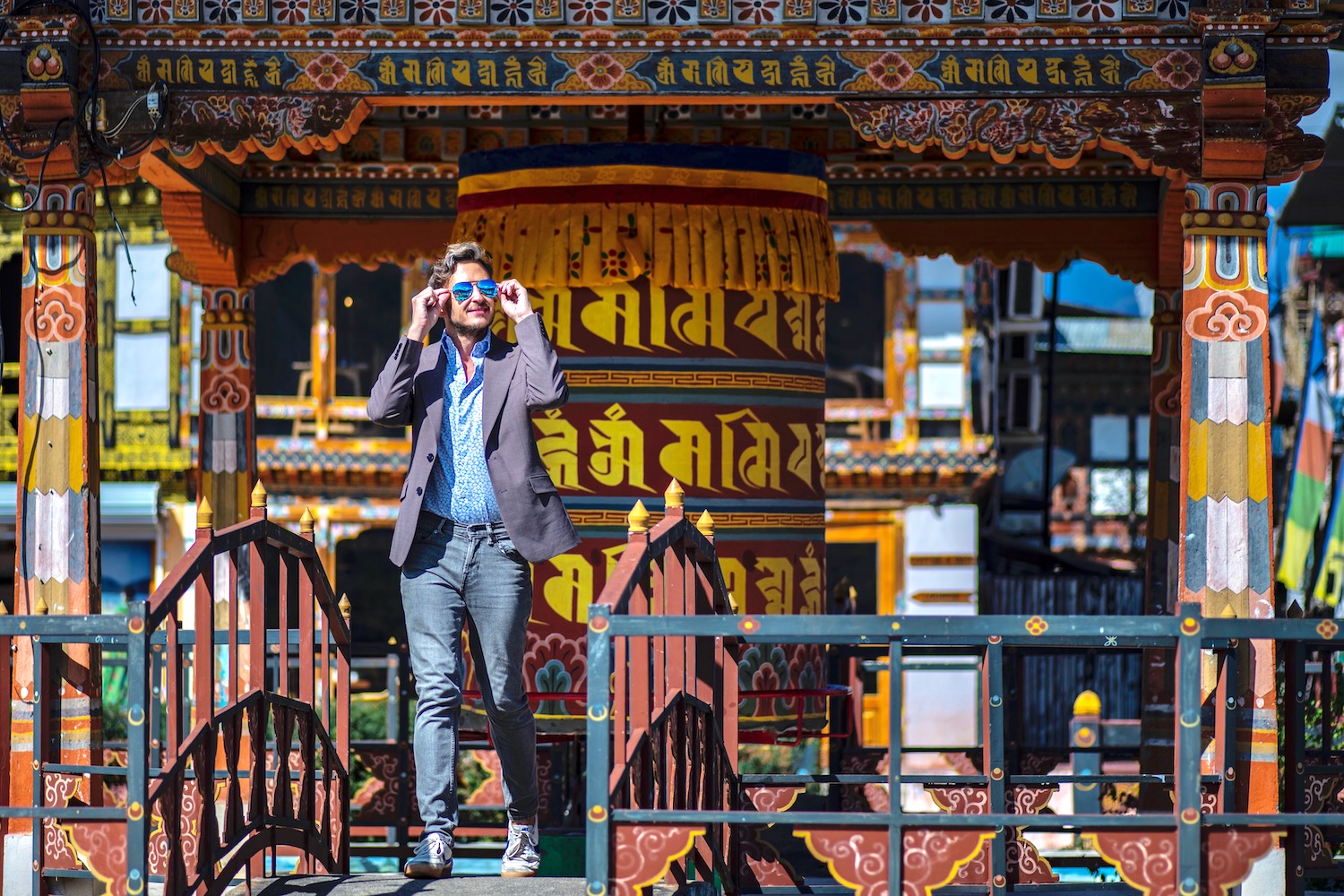Looking back, I can’t remember why I decided to choose Thimphu as my first destination in Bhutan, given that the airport (where I arrived, and where virtually all international travelers arrive) is in Paro. Probably because Thimphu is the capital and I read something into that.
What I can say is that I don’t think this was a great decision. Without giving too much away so early in this post, I can say that Thimphu does not offer a great first impression of Bhutan.
On the other hand, the Paro vs Thimphu debate is slightly more complex than that, which is why I hope you’ll continue reading. Especially if the details of your own Bhutan trip are not yet locked in place!
Why I (Kind of) Regret Visiting Thimphu Before Paro
If I could go back in time and decide whether to visit Paro or Thimphu…well, I don’t know what decision I’d make. On one hand, Thimphu was incredibly underwhelming as a first stop in Bhutan, for reasons I’ll explain more over the coming paragraphs. Without being overly dramatic, I can tell you that I literally contemplated throwing in the towel on my entire Bhutan trip after my first sleepless, anxious night there.
On the other hand, starting my trip someplace so disappointing meant that there was nowhere for things to go but up—and up they did go. I’m so glad I didn’t give into my impulses to go running back to Bangkok, tail within my legs. Indeed, there’s an argument to be made that if I had ended my trip in Thimphu, the entire thing might’ve been one big, anti-climactic black hole.

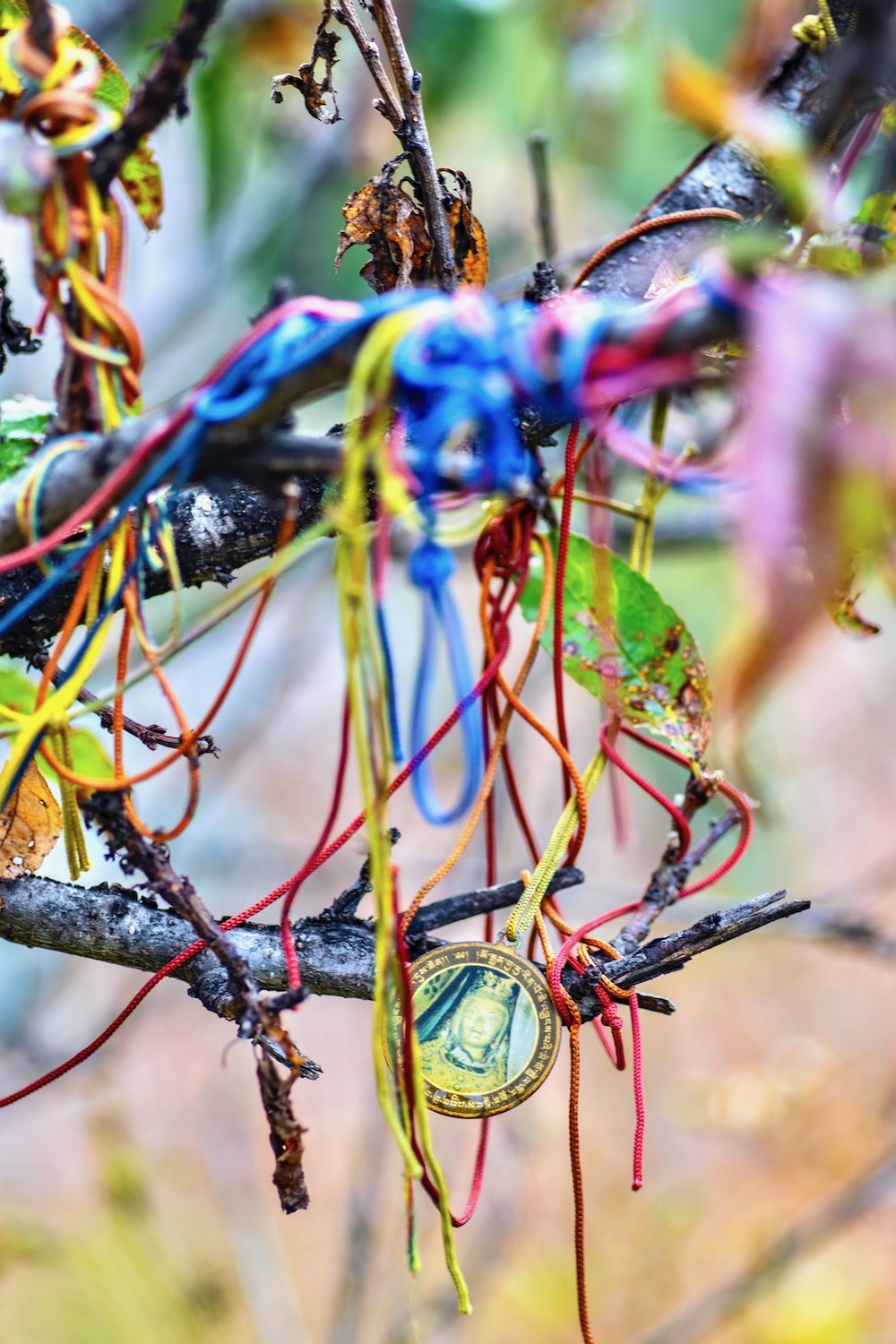

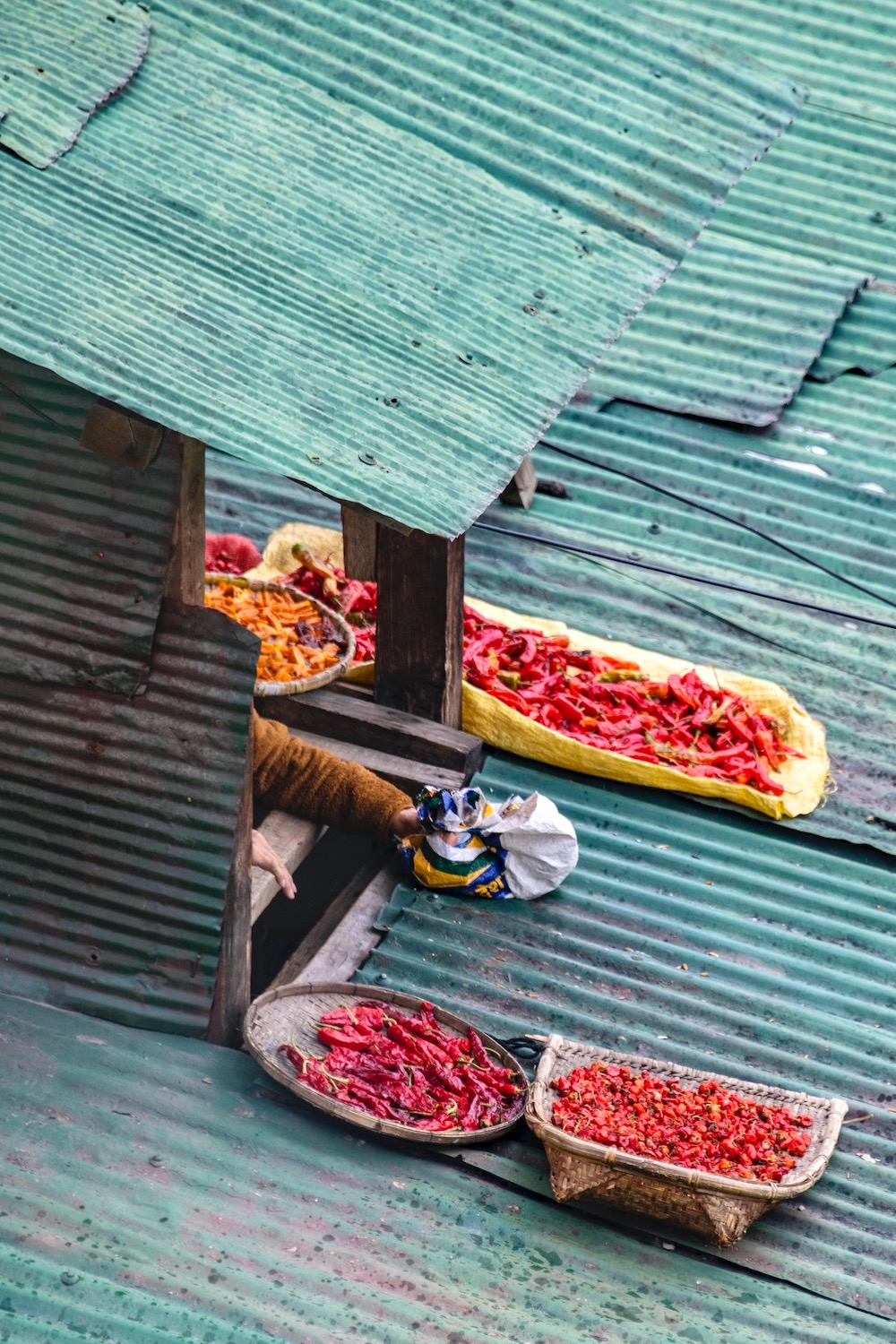
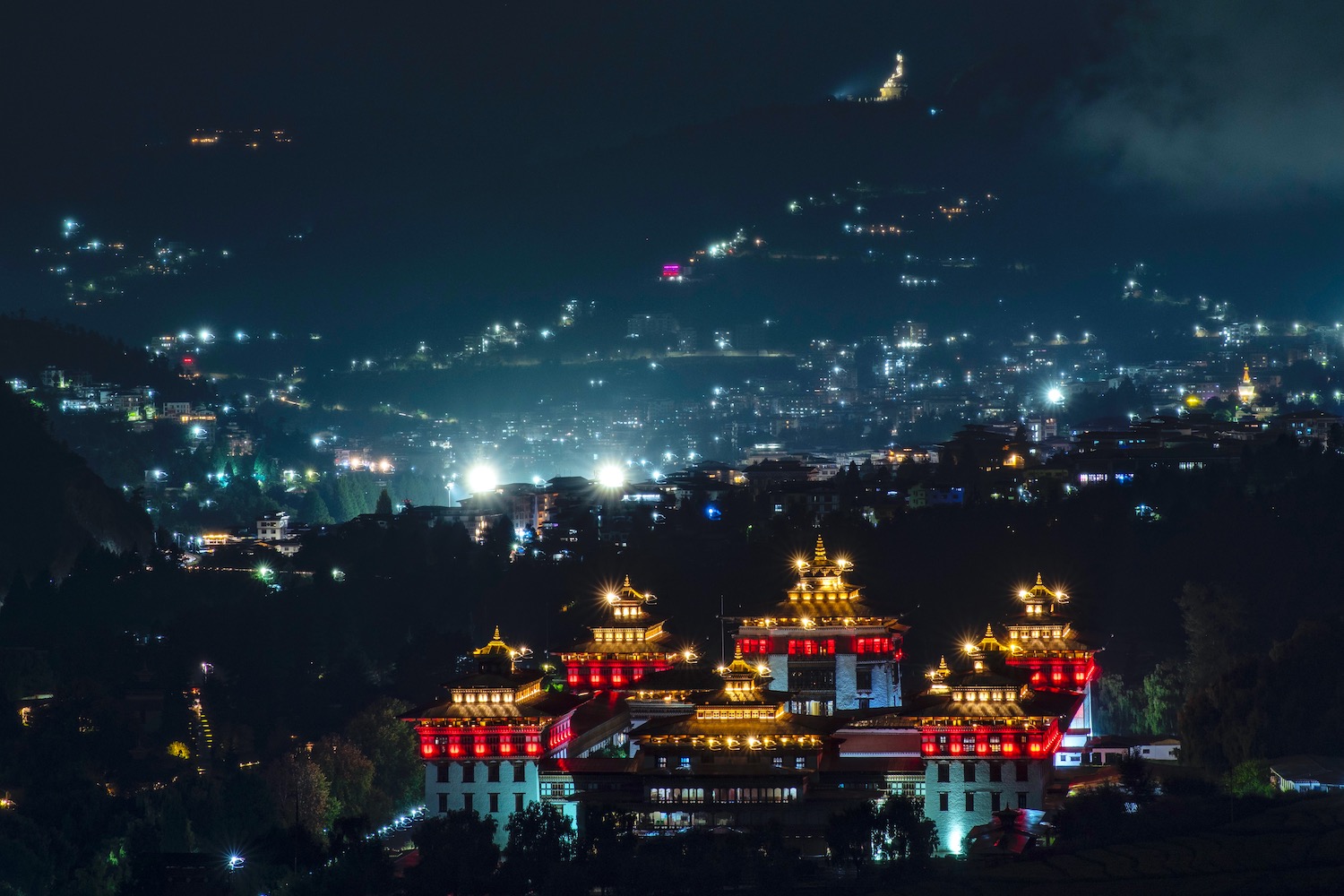
Ways to Compare Paro and Thimphu
Cityscape
As you can see via my photos, there are some nice ways to frame Thimphu’s cityscape, particularly from the south where Thimphu Dzong juxtaposes with Buddha Dordenma in the distance. Rinpung Dzong in Paro, meanwhile, is much more easy to place within the context of Paro’s cityscape (which is really more of a townscape); the view looking down into the valley from the National Museum of Bhutan is spectacular.
Vibe
Deciding between Thimphu or Paro when it comes to vibes? I like to describe Thimphu as being dusty, residential and relatively industrial. Paro, meanwhile, feels cozy and cute, like a much smaller version of Kathmandu. I think it’s telling that most of the things to do in Paro (more on those in a second are outside the city center), while Paro’s charms are much closer to town.
Things to do
Beyond the Buddha and the dzong, main attractions in Thimphu include the (underwhelming) National Memorial Chorten, as well as sleepy Changangkha Lhakhang temple, which does admittedly offer an awesome view. In Paro, meanwhile, you have the aforementioned Buddha and dzong that are more or less in town, as well as the famous Tiger’s Nest (Bhutan’s most famous attraction), which is just outside it.
Hotels
I am admittedly not an expert on hotels in Thimphu vs Paro—I can only state my personal experience. On the surface, I assumed Thimphu’s CityHotel was going to be much “nicer” than Nirvana Inn in Paro. But in addition to the fact that both the room and the food was better in Paro, the service in Thimphu (though seemingly well-intentioned) was atrocious.
Getting there and around
Paro is where Bhutan’s only international airport is located, with the center of town only 15 minutes away by cab. As far as attractions are concerned, most are accessible from the town’s hotels by foot (or, for lazier travelers, a short taxi ride). In Thimphu, on the other hand, you’ll need a one-hour taxi ride from Paro Airport; attractions like the Buddha and dzong really do require a taxi, due not only to distance but topography.
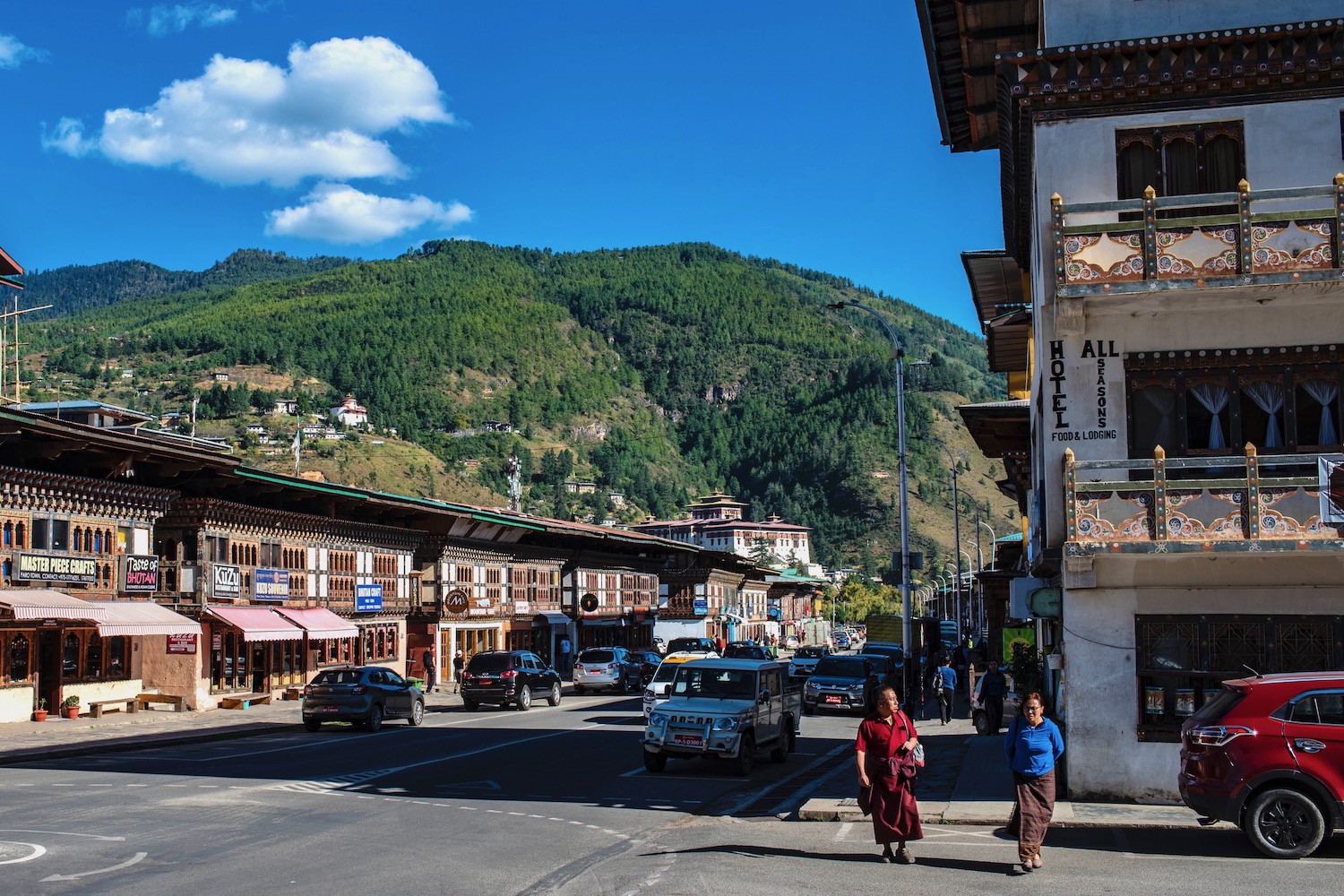
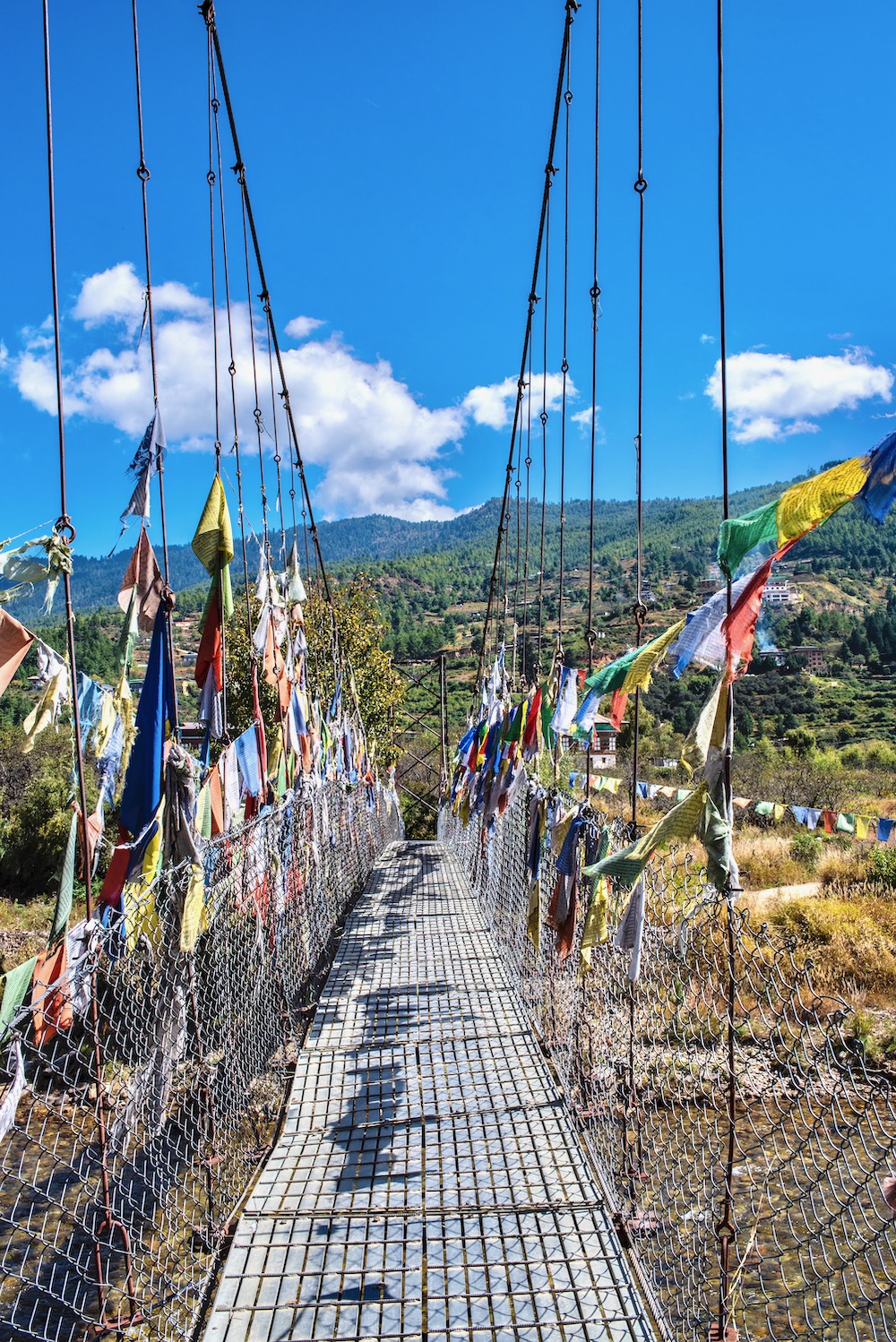

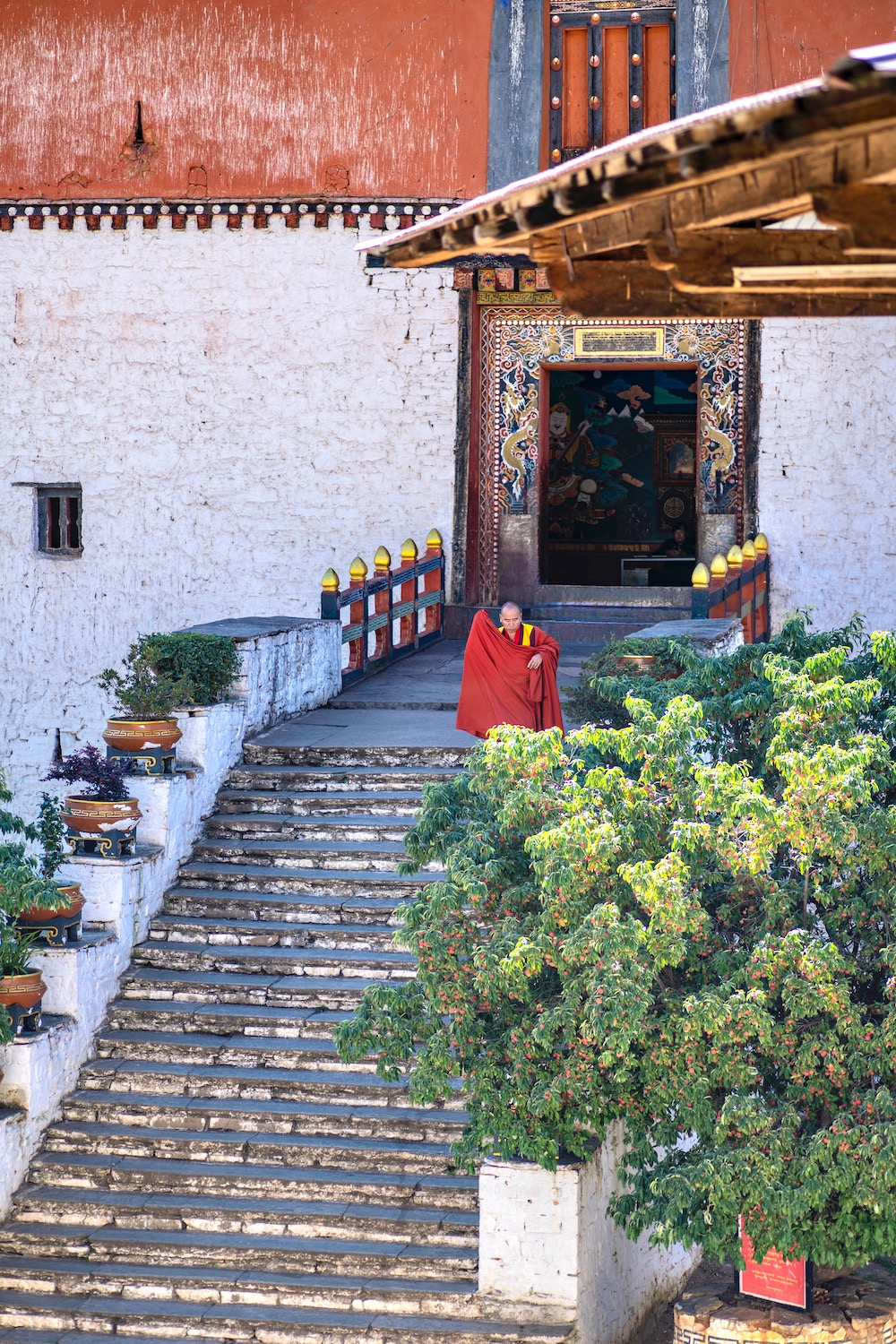

How Many Days Should You Spend in Thimphu? What About Paro?
I stayed two nights each in Thimphu and Paro. For Thimphu, this was definitely too much—there’s only a day of sightseeing in the city, at most, to say nothing of the general unpleasant ambiance. I would say that unless you have a very long trip to Bhutan or need some downtime, a night is the absolute longest amount of time that you should spend in the Bhutanese capital.
With Paro, on the other hand, I almost found that two days was too little. I spent much of the first, after all, at the Tiger’s Nest; I was so wiped out from the trek (I pushed too hard and too fast, if I’m honest). On the second day, I explored attractions on the periphery of central Paro by foot, but didn’t have much time to enjoy the town itself. A third day might’ve been helpful.
Other FAQ About Thimphu and Paro
Which is better, Thimphu or Paro?
In my opinion, Paro is both a better base for sightseeing than Thimphu, as well as a more interesting destination on its own. In fact, if tourism to Bhutan weren’t so strictly regulated, I could honest see Paro becoming a digital nomad hub.
How much is a taxi from Paro to Thimphu?
If you haggle a taxi independently, you can expect to pay as little as 2,000 BTN (under 25 USD) for a taxi between Paro and Thimphu. However, if you arrange the car through a tour company or hotel, you’ll pay at least double this, and potentially even more.
How many days are enough for Thimphu?
In spite of being Bhutan’s capital, Thimphu is neither an exciting city, nor an interesting or beautiful one. If you do stay here—and I wouldn’t even that that’s necessary—one night and one full day are plenty of time to see what’s on offer.
The Bottom Line
I hope I can help you settle the Paro vs Thimphu debate, at least a little. As you could probably tell within seconds of stumbling upon this post, Paro was by far my preferred city in Bhutan, at least among these two. I loved how charming and walkable the city center was, and how many amazing attractions were accessible from it. On the other hand, I don’t dislike Thimphu as much in the context of my entire Bhutan trip as I did initially; it simply left an unfortunate first impression. Need personalized help putting your Bhutan trip together? Consider hiring me as your Travel Coach!



